Charley Western Bridge continues to deteriorate
By Thomas Nelson, tnelson@charlescitypress.com
The Charley Western Bridge is getting worse.
Four months ago, on April 8, the bridge had what was called a catastrophic failure, and it has continued to deteriorate.
Since the partial collapse of the bridge in April, Charles City Engineer John Fallis has reached out to the Iowa Department of Natural Resources and the Army Corps of Engineers for permits that would be needed to demolish it.
“Right now we just have to work through the process,” Fallis said. “We understand the bridge is not a stable structure.”
The Army Corps is looking into the historical significance of the Charley Western Bridge before anything can move forward.
“We have contracted with a firm that will do that work to see if the bridge will have any historical significance,” Fallis said. “Then they’ll make a decision on anything else.”
The Charley Western Trail Bridge was built in 1910, originally as a railroad bridge. Since then it has become a pedestrian bridge, and was the primary vehicle emergency route during floods.
DNR permission for demolition has been stalled since the DNR found that the wood turtle, which is state-endangered, could be at risk and informed Charles City that an environmental assessment is needed for the area by a trained biologist
“There’s a potential possibility that the Cedar River may be a habitat” for the turtle, Fallis said.
The preparation for eventual demolition is being handled by Calhoun Burns and Associates.
Calhoun Burns met with Stantec Consulting, a firm suggested by the DNR, for further research on the turtle question.
Stantec prepared a three-part proposal for the city to consider:
• The first task looks at whether the portion of the Cedar River running through Charles City is home to the wood turtle. That portion is estimated to cost $1,900.
If there is no portion of the area habitable by the wood turtle, no more tasks are needed.
• The second task looks at a plan to avoid affecting the wood turtle if there are suitable habitats in and around the Charley Western Trail Bridge area. That task is estimated to cost $2,500.
• The third task would involve hiring a biologist to review and observe any work being done during demolition and construction, and doesn’t have a set cost yet.
The Charles City Council wants to find out whether there are any federal endangered species in the area as well, so those studies could be done at the same time, Fallis said.
Even if the bridge fell on its own, permits would still be required from the DNR and Army Corps of Engineers to clear the debris from the river, Fallis said.
Charles City officials have strongly urged people to stay away from and off the Charley Western Bridge, and have set up barriers and a fence.
“We want to make sure people understand that, to stay off of it,” Fallis said.
Along with the barriers on land there are several signs advising people to not go under the bridge on the river, either.
The Press has observed debris falling from the bridge into the Cedar River, since the partial collapse.
The bridge had been set for an evaluation by the Charles City Council at the April 3 meeting, prior to the partial collapse.
The Main Street Bridge, also over a century old, has been evaluated and the Charles City Engineer office is waiting on the report.
There are currently 29 structurally deficient bridges in Floyd County out of 165 registered bridges, said Dusten Rolando, engineer with Floyd County, in a previous interview with the press.

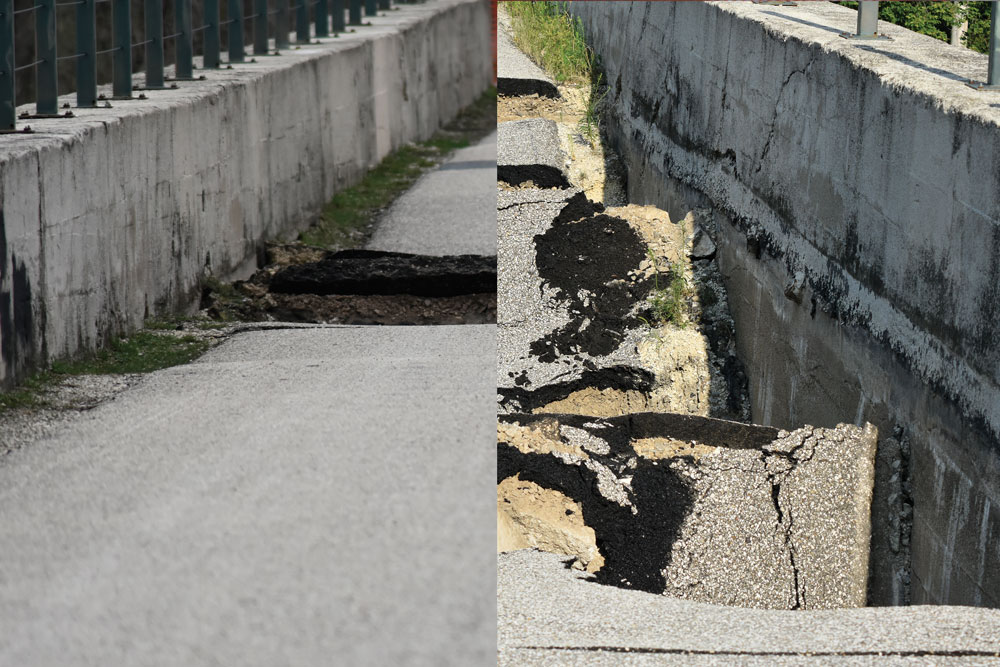
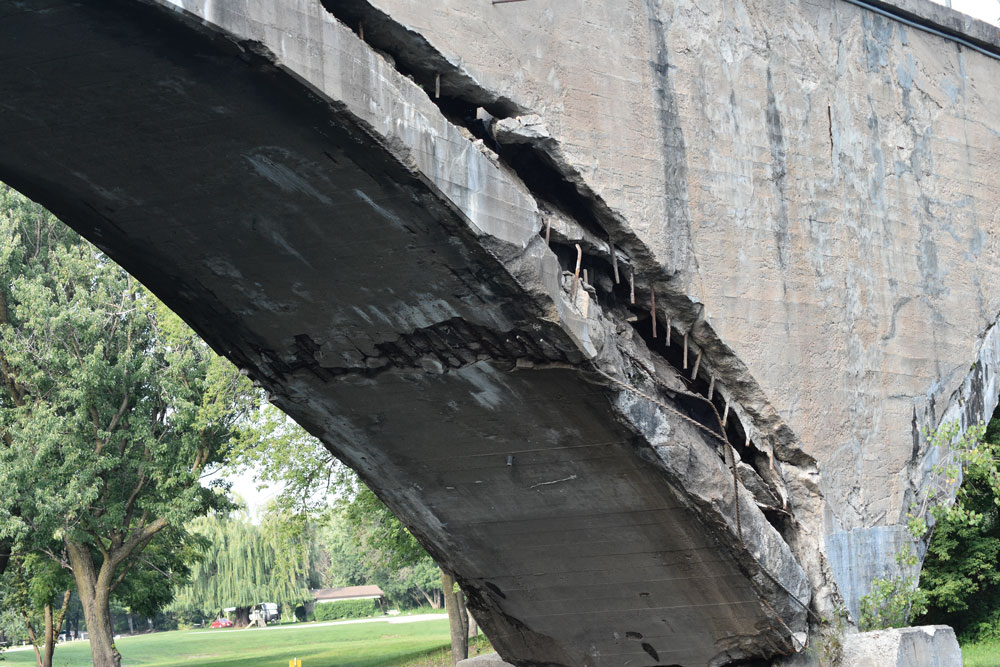
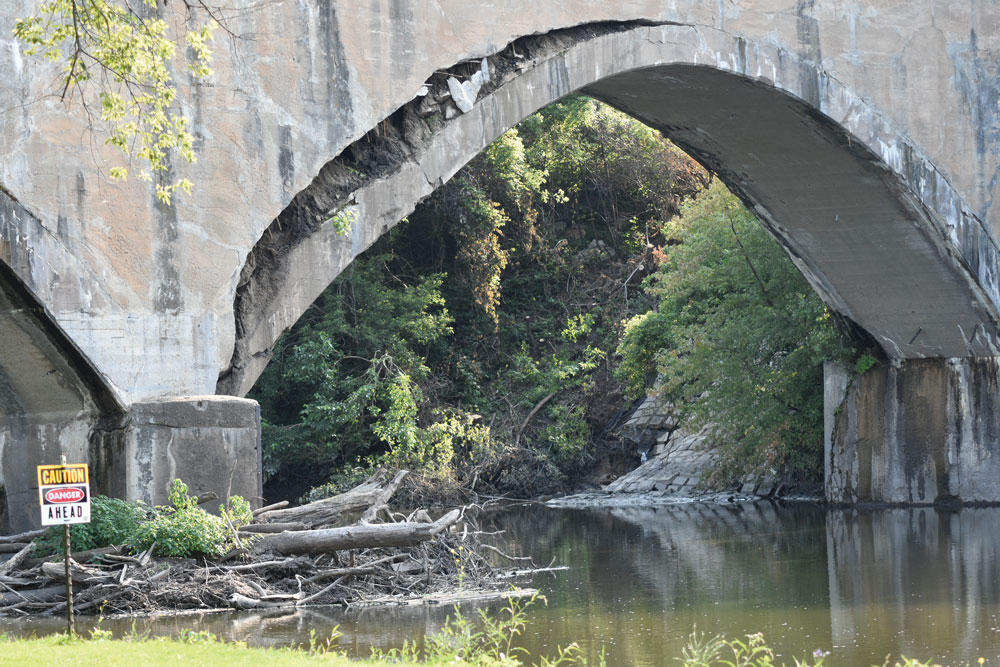
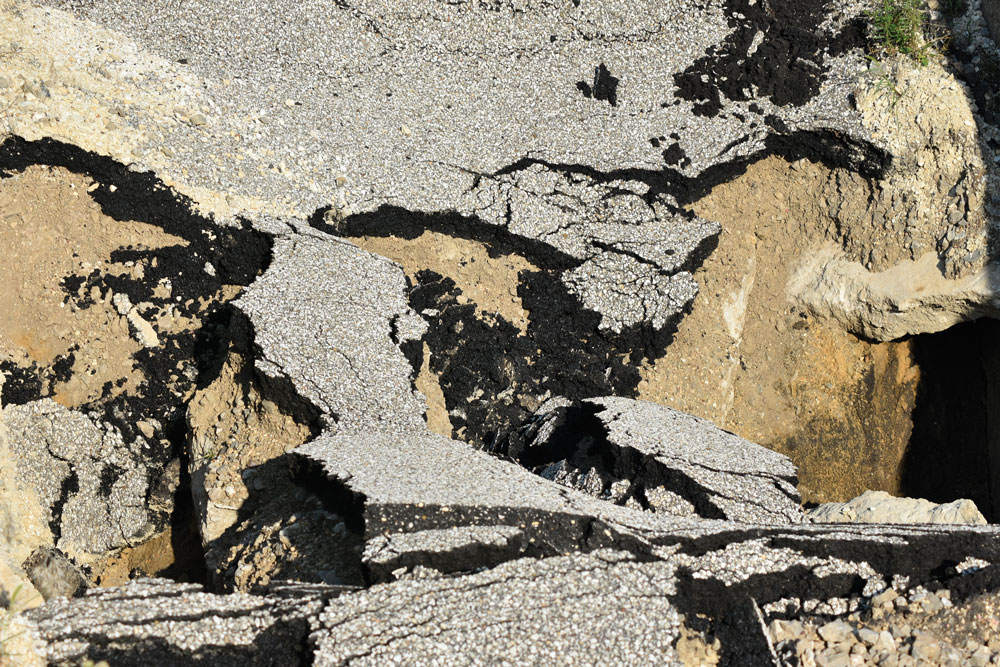
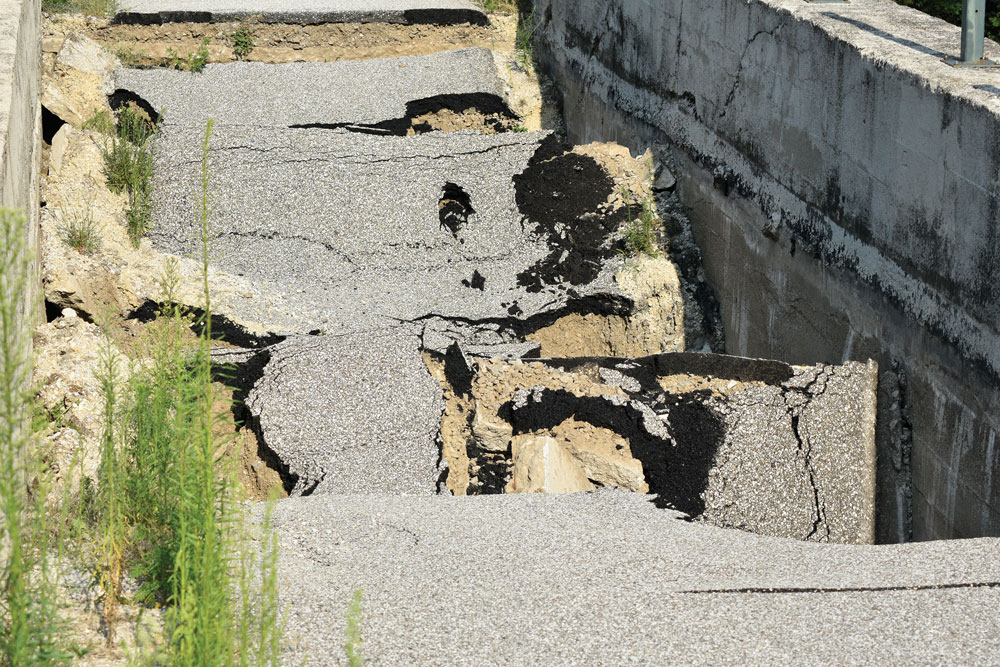
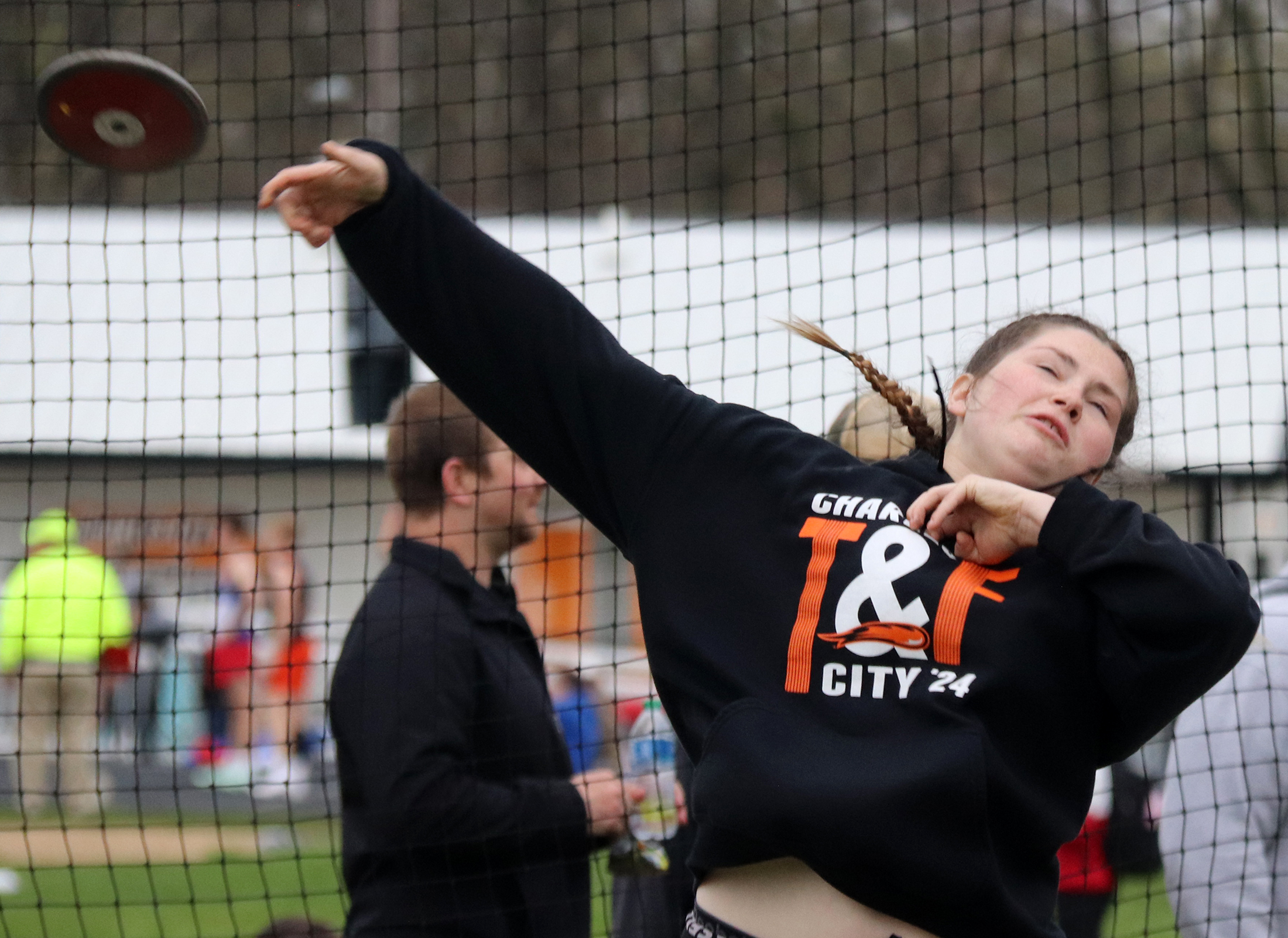
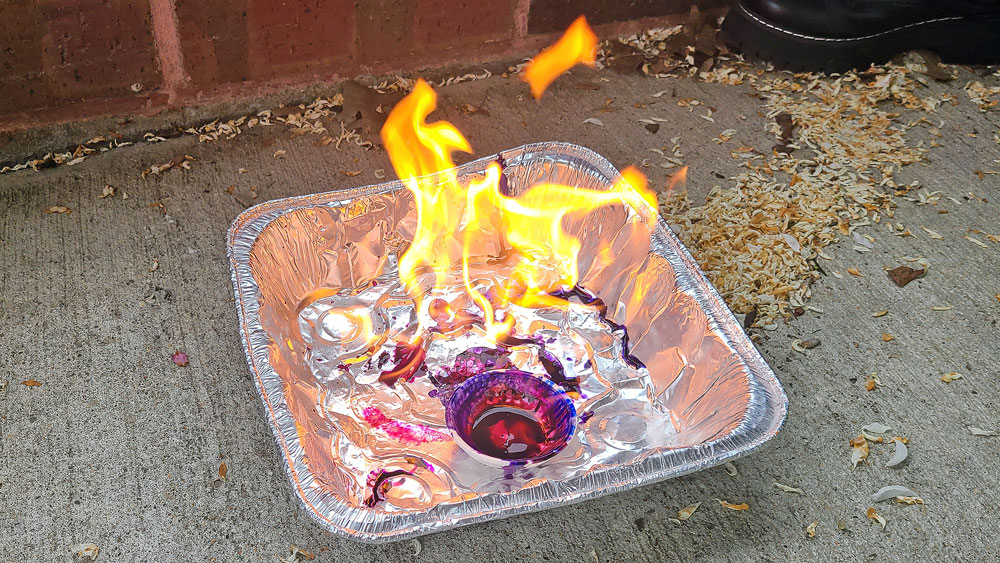
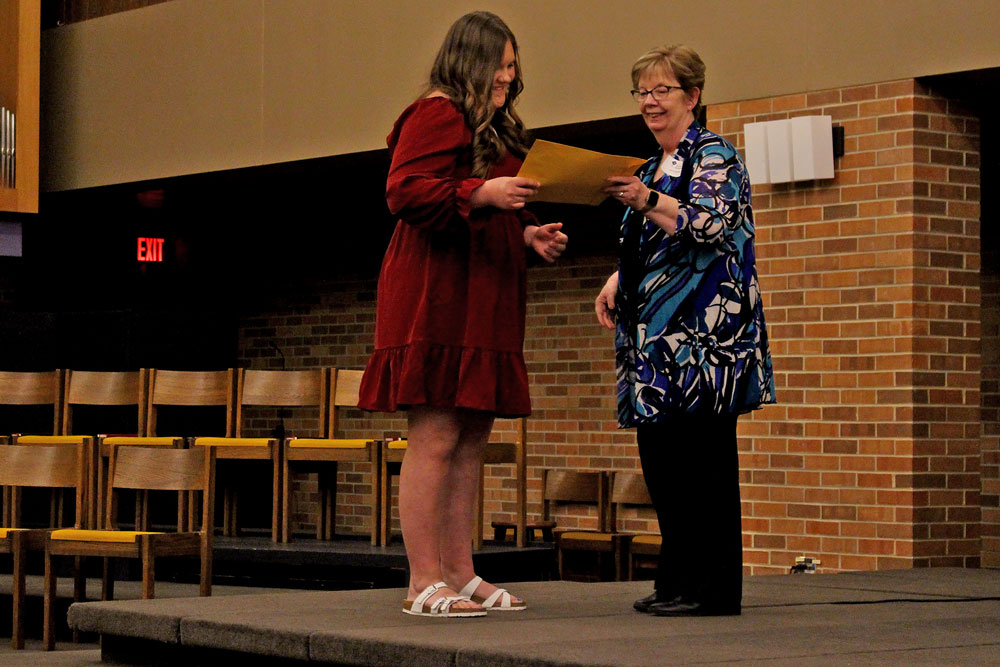
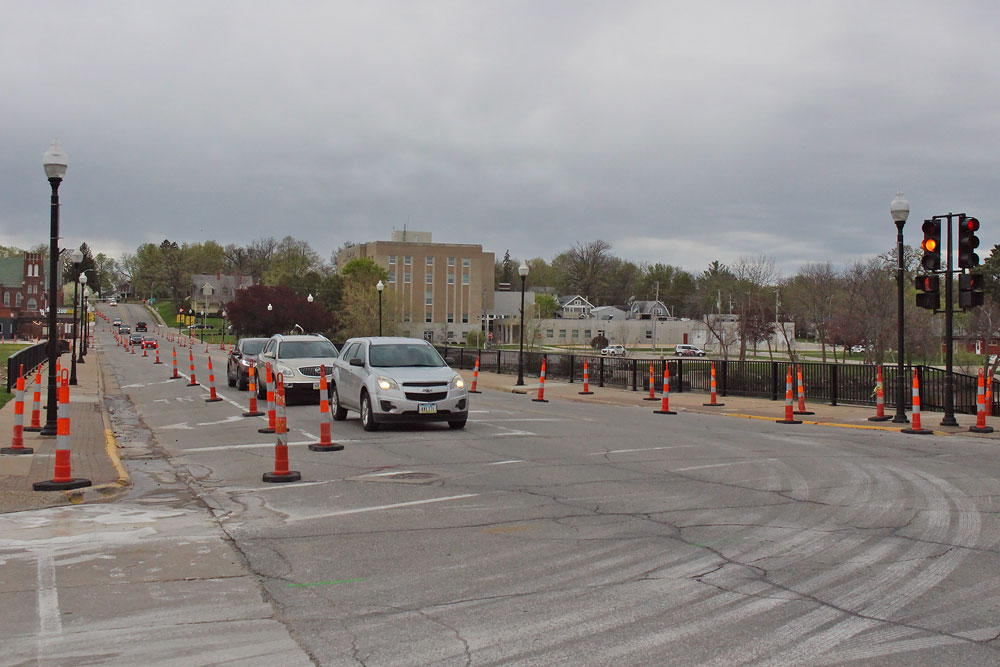
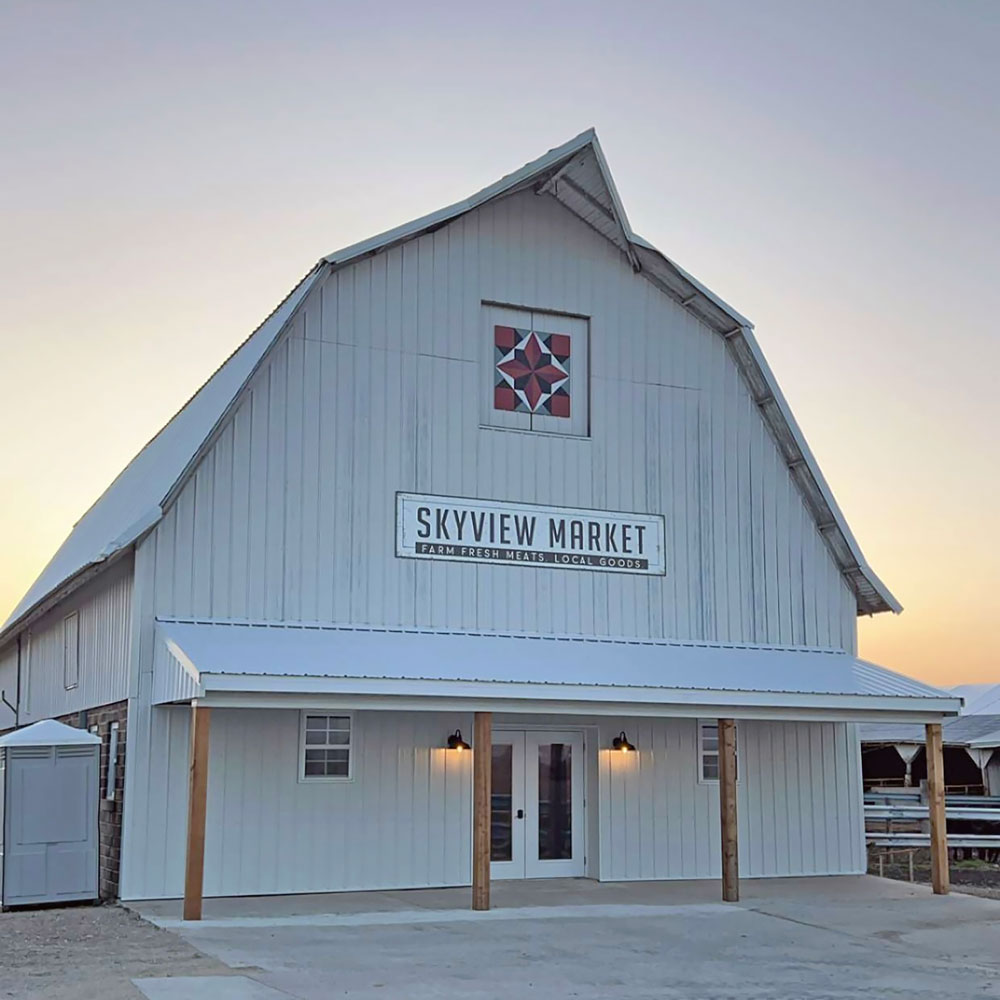
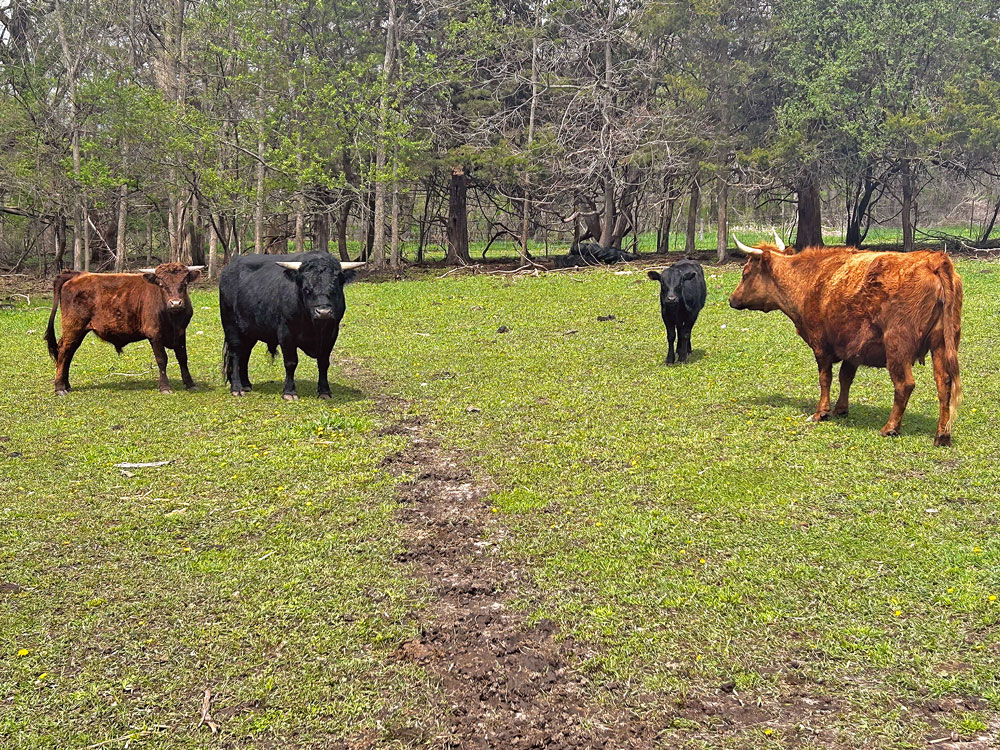


Social Share